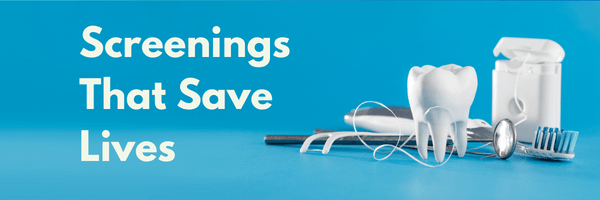
Tips for Effective Dental Staff Development – Part 1: Laying the Foundation for Success
Posted February 06, 2025
A thriving dental practice doesn’t just rely on great equipment or excellent patient care—it’s powered by a well-trained, motivated team. Your staff is the backbone of your practice, and investing in their development is about more than just improving skills. It’s about creating a culture of excellence that drives patient satisfaction, boosts efficiency, and fosters loyalty within your team.
In this first part of our series, we’ll uncover the core strategies for developing a strong, growth-oriented dental team. Let’s lay the groundwork for a future where your practice and your people thrive together.
Start with a Vision: Plan for Growth
Before jumping into training programs, take a step back. What do you want your team to achieve? What skills need sharpening? Outline your objectives and align them with your practice’s long-term goals. A clear, actionable development plan ensures every staff member—whether they’re a seasoned hygienist or a brand-new receptionist—understands their role in your vision and sees a path for their growth.
When your team knows what’s expected, how they can evolve, and contribute, they’ll be more motivated and focused on excelling.
Cultivate a Culture of Continuous Learning
A practice that values learning is a practice that thrives. Encourage your team to stay ahead of industry trends, adopt new technologies, and master best practices. Offer opportunities like conferences, online courses, and in-office training to keep the momentum going.
When employees feel empowered to grow and learn, they’re not only more engaged but also more likely to stay committed to your practice. Show them that development isn’t just an option—it’s a priority.
Make Training Hands-On and Practical
Knowledge is powerful, but practice makes perfect. Hands-on training is the key to building confidence and competence. Set up regular skill-building sessions where your team can practice under the guidance of seasoned professionals or external experts.
From perfecting chairside techniques to improving patient communication, hands-on learning accelerates growth and minimizes errors. When theory meets practice, success follows.
Focus on Communication and Leadership
Technical expertise is essential, but soft skills—like communication, teamwork, and leadership—are what truly elevate a practice. Create opportunities for open communication, like regular team meetings where challenges can be addressed, ideas shared, and solutions brainstormed.
Leadership training isn’t just for management. Empower employees at every level to take initiative, solve problems, and contribute to the practice’s success. When your team feels heard, valued, and supported, morale soars—and so does performance.
Leverage Mentorship and Peer Support
One of the most effective (and often overlooked) tools for staff development is mentorship. Pair experienced team members with newer employees to create a supportive environment where learning and growth happen naturally.
Mentorship helps new hires adapt quickly while allowing seasoned staff to refine their leadership potential. Don’t stop there—foster peer learning, too. Encourage team members to share knowledge, teach techniques, and collaborate on solving challenges. A culture of shared growth strengthens bonds and builds trust.
The Foundation for Success Starts Here
Developing a high-performing dental team takes effort and intentionality, but the rewards are undeniable: a skilled, motivated staff working together to provide exceptional patient care. By focusing on vision, learning, practice, communication, and mentorship, you’re laying the groundwork for a practice that thrives.
And we’re just getting started. In Part 2, we’ll dive into advanced strategies, from performance tracking to technology integration and retention techniques. Stay tuned—your dream team is within reach!
We connect and educate more than 900,000 job seekers in the U.S. and Canada to build better places to work through teams that excel.




.png)




.png)
